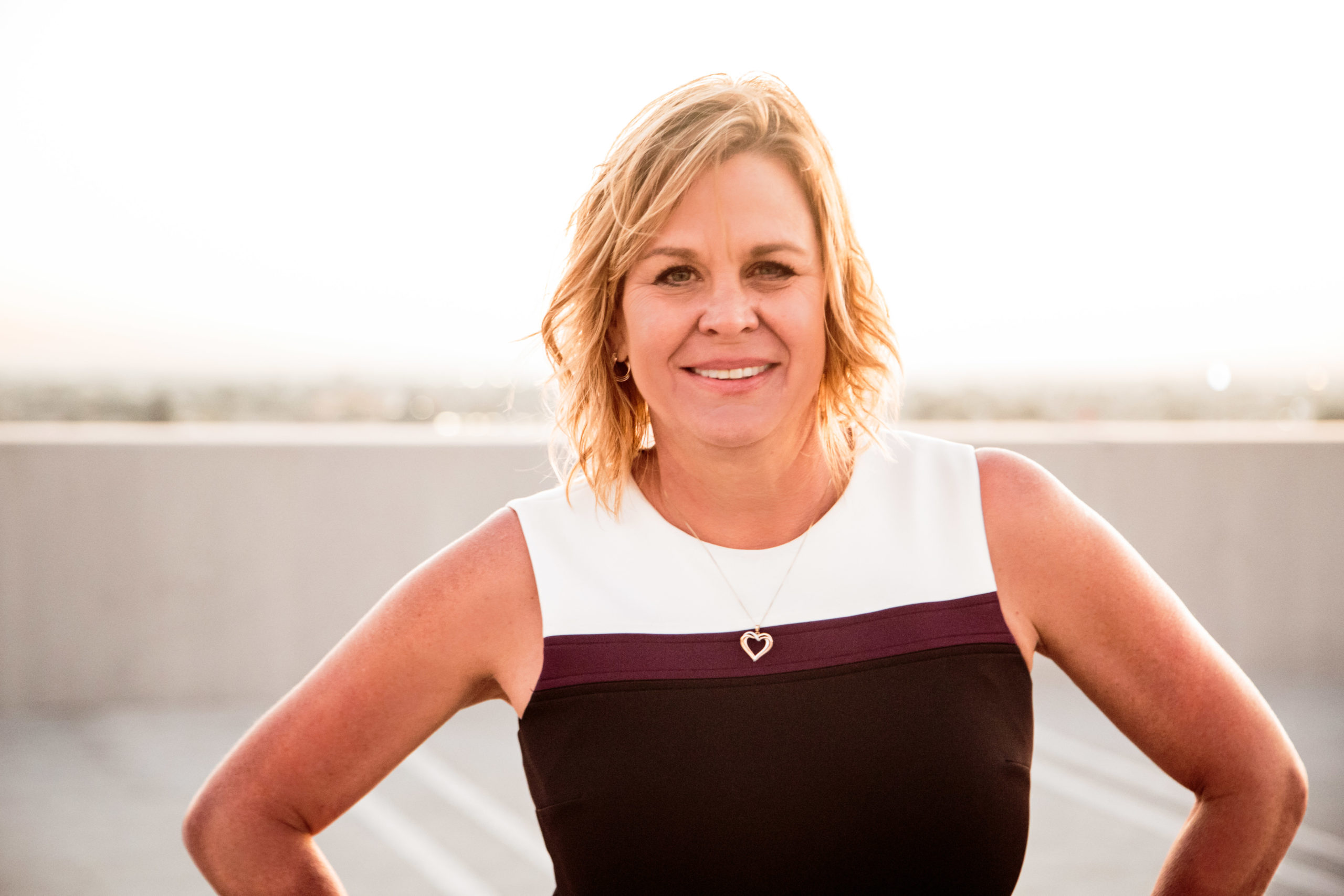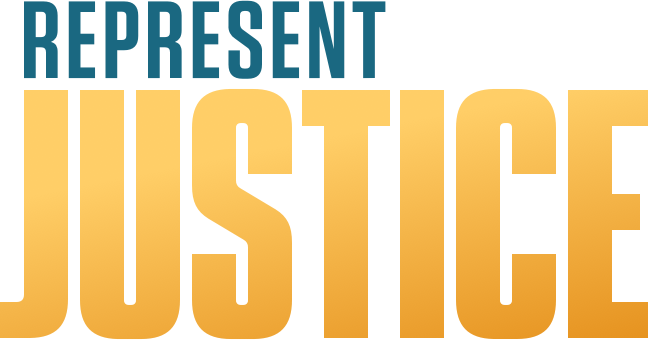Televerde’s Michelle Cirocco breaks down the impact of meaningful job opportunities for incarcerated women

Prison labor is a billion dollar industry in the United States. From clothing to furniture and military garb, the practice that hinges on the exploitation of incarcerated people has come to be an integral part of the country’s prison system and economy.
Forced labor for incarcerated people has been a practice since the 13th Amendment — which abolished slavery except as punishment for a crime — was ratified.
But, not all types of prison labor are created equal. Michelle Cirocco, Represent Justice Ambassador, Executive Director of Televerde Foundation and Chief Social Responsibility Officer for Televerde, breaks it down into a few different categories.
First, there is what she describes as busy work with no pay and no other purpose than to keep folks occupied. “You’re literally running a rake through dirt. It is mindless work that they pay nothing for no other reason than to occupy the time of the inmates.”
Then, there are the jobs that are needed to keep the facility running. These include roles like kitchen and laundry, that pay abysmally little and like the first category, intended to keep facility residents busy while also significantly cutting the costs to maintain the facility operable. Still, Michelle says there is some value in this work.
“It creates a sense of accountability and work ethic.” Michelle says. “The worst thing in the world that we can do to people is send them to prison, lock them in a box and give them nothing to do 24 hours a day. There’s nothing good about that for the human condition whatsoever, to just allow people to rot physically, mentally and emotionally.”
“Then there’s another element of inmate labor that serves no purpose or no good, and is just punitive in nature,” Michelle says, like the chain gangs in prisons in the south, where incarcerated people were forced to farm, do construction or dig ditches while chained together. She recalls one of the jobs she had while incarcerated in Arizona was piling rocks. She’d wake up early every morning in the dead of Arizona summer heat to build rock piles along the perimeter of the facility. “It was hard. It was hot. It was meaningless. And it didn’t pay much.”
The fundamental idea of this type of labor — the type people most commonly think of when they hear the phrase “prison labor” — is that states or private companies profit from the labor of incarcerated people while they are paid pennies on the dollar. This is the most common type of labor people think of when they think of prison labor, and there’s no shortage of examples. There was Victoria’s Secret relying on incarcerated people to sew panties, residents at a Kansas correctional facility making dentures, and military and police gear being manufactured in 89 prison factories across the country.
In a metaphorical collapse of the school to prison pipeline, schools in states like Massachusetts, Virginia and Iowa use furniture built by people in prison.
And despite the COVID-19 pandemic, this labor hasn’t stopped. In New York, incarcerated people were paid $6 an hour to dig mass graves for people who had died from the virus. In California, women at the California Institute for Women spent hours sewing masks they weren’t allowed to wear themselves. And, the state relied on incarcerated firefighters to battle record-breaking blazes despite the fact that, until very recently, the men were ineligible to be hired as firefighters upon release because of their records.
This labor is fueled by profit, with little compensation for incarcerated people and no chance to develop skills that will be necessary upon their release.
“All those scenarios can be fixed so that people are earning a market wage, a wage that’s appropriate,” Michelle says. This, she believes, is where private companies can step in and follow the model Televerde has employed for years.
Televerde employs about 400 women incarcerated across six facilities in Arizona and Indiana in sales and marketing positions at call centers. There, they learn technical skills, data analytics, and a whole host of other skills necessary to be successful in these positions. And, they are paid a market wage.
Upon their release, the Televerde Foundation offers reentry support services like workshops on financial literacy, budgeting, healthy relationships, family reunification, workplace readiness and professional development. They’re also set up with a professional mentor who can help advise them on how to advance their career.
“The most important thing that we can do through prison labor is use it as a platform to teach people to develop skills that can be transferred to the outside,” Michelle says, offering a new way forward for the industry that doesn’t hinge on punishment and exploitation, but instead support and transformation.
This is crucial, as a 2011 study found that employment was the single greatest factor in reducing recidivism. For the women of Televerde, the employment opportunities made available to them — compounded with subsequently increased income and education — has led to a recidivism rate that’s significantly lower than the national average. While the national 1-year recidivism rate for women released from state prison is 35.1%, it’s only .4% for Televerde participants.
Further, Televerde participants have an employment rate of 94.1% after their release, compared to the 49.8% national employment rate for formerly-incarcerated women.
“Without a doubt, when we provide people with the opportunity to learn a skill while they’re incarcerated — that a skill that is transferable, something that they can do on the outside where they can have and build a career — we empower them to be successful,” Michelle said.
